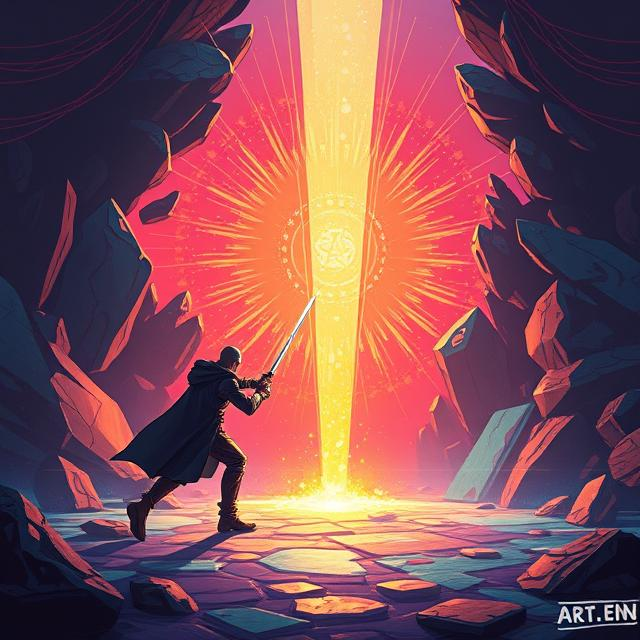Difficulty in games is usually viewed through the lens of challenge—but it also serves as a powerful storytelling device. The level of difficulty a game presents can reflect its themes, emotional tone, and narrative arcs.
Dark Souls and Elden Ring are not hard just to be hard. Their punishing difficulty mirrors the desolation of their worlds. Every hard-won victory reinforces the narrative themes of decay, perseverance, and hollow glory. The player’s struggle becomes part of the story being told.
Conversely, Celeste uses difficulty to mirror its protagonist’s inner battle with anxiety and self-doubt. Each failed jump, and every retry, reflects personal growth. The player and character grow together through adversity.
Some games allow players to change difficulty mid-game to reinforce tone. In The Last of Us Part II, high difficulty increases scarcity, emphasizing survival. Lower difficulties support players who want to experience the narrative without tension overwhelming the emotional journey.
Story-focused games like Firewatch or What Remains of Edith Finch offer no real challenge, because their story is about experience, not mastery. The absence of difficulty creates a safe space for emotional investment.
Designers can also tie difficulty to lore. In NieR: Automata, certain narrative branches and endings are only available after completing harder playthroughs, blurring the line between gameplay and meta-storytelling.
Difficulty is not just a setting—it’s a lens. How hard a game is, and how it treats that challenge, can be just as meaningful as the words spoken in cutscenes.


Leave a Reply